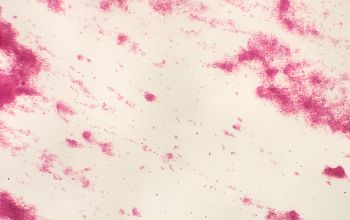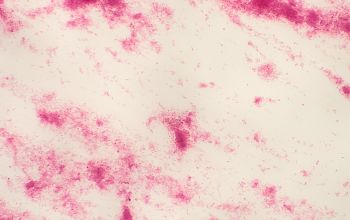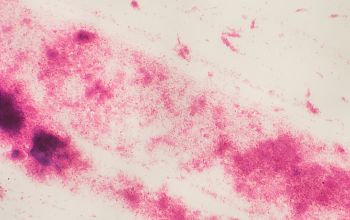Tropheryma whipplei
-
General information
Taxynomy
Family: Cellulomonadaceae
Natural habitat
T. whipplei is all over in the environment, in sewage, plants and in human stools and saliva.
Clinical significance
1) classical Whipplei Disease (WD), which present with weight loss, diarrhea, and arthropathy in 75% of patients by the time of diagnosis.
2) isolated infection of cardiac valves without classical WD
3) asymptomatic carriers of T. whipplei. In these cases it is still unclear whether the asymptomatic carriers are only passing the agent through their stool.
T. whipplei infection also results quite often in cardiac, lung, and central nervous systen (CNS) signs and symptoms, which can occur even in the absence of gastrointestinal manifestations.
PAY ATTENTION
culture-negative endocarditis
-
Gram stain
biopt heart valve,
cells are gram positive and rod-shaped
T. whipplei is a facultative, intracellular, rod-shaped, Gram positive, filamentous and aerobic bacterium , sized 0.5-2 µm.
-
Culture characteristics
-
biopt heart valve,
normaly culture-negative endocarditis
16S rRNA PCR = Tropheryma whipplei
aangetoond middels DNA
-
-
Characteristics
-
References
James Versalovic et al.(2011) Manual of Clinical Microbiology 10th Edition
Karen C. Carrol et al (2019) Manual of Clinical Microbiology, 12th Edition



